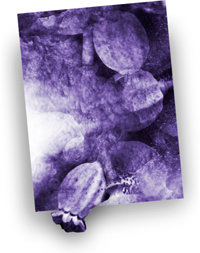HEROIN: WHAT IS IT?
Heroin is a highly addictive, illegal drug. It is used by millions of addicts around the world who are unable to overcome the urge to continue taking this drug every day of their lives—knowing that if they stop, they will face the horror of withdrawal.
Heroin (like opium and morphine) is made from the resin of poppy plants. Milky, sap-like opium is first removed from the pod of the poppy flower. This opium is refined to make morphine, then further refined into different forms of heroin.
Most heroin is injected, creating additional risks for the user, who faces the danger of AIDS or other infection on top of the pain of addiction.
THE ORIGINS OF HEROIN
Heroin was first manufactured in 1898 by the Bayer pharmaceutical company of Germany and marketed as a treatment for tuberculosis as well as a remedy for morphine addiction.
A VICIOUS CIRCLE
During the 1850s, opium addiction was a major problem in the United States. The “solution” was to provide opium addicts with a less potent and supposedly “non-addictive” substitute—morphine. Morphine addiction soon became a bigger problem than opium addiction.
As with opium, the morphine problem was solved by another “non-addictive” substitute—heroin, which proved to be even more addictive than morphine. With the heroin problem came yet another “non-addictive” substitute—the drug now known as methadone. First developed in 1937 by German scientists searching for a surgical painkiller, it was exported to the US and given the trade name “Dolophine” in 1947. Renamed methadone, the drug was soon being widely used as a treatment for heroin addiction. Unfortunately, it proved to be even more addictive than heroin.
By the late 1990s, the mortality rate of heroin addicts was estimated to be as high as twenty times greater than the rest of the population.



